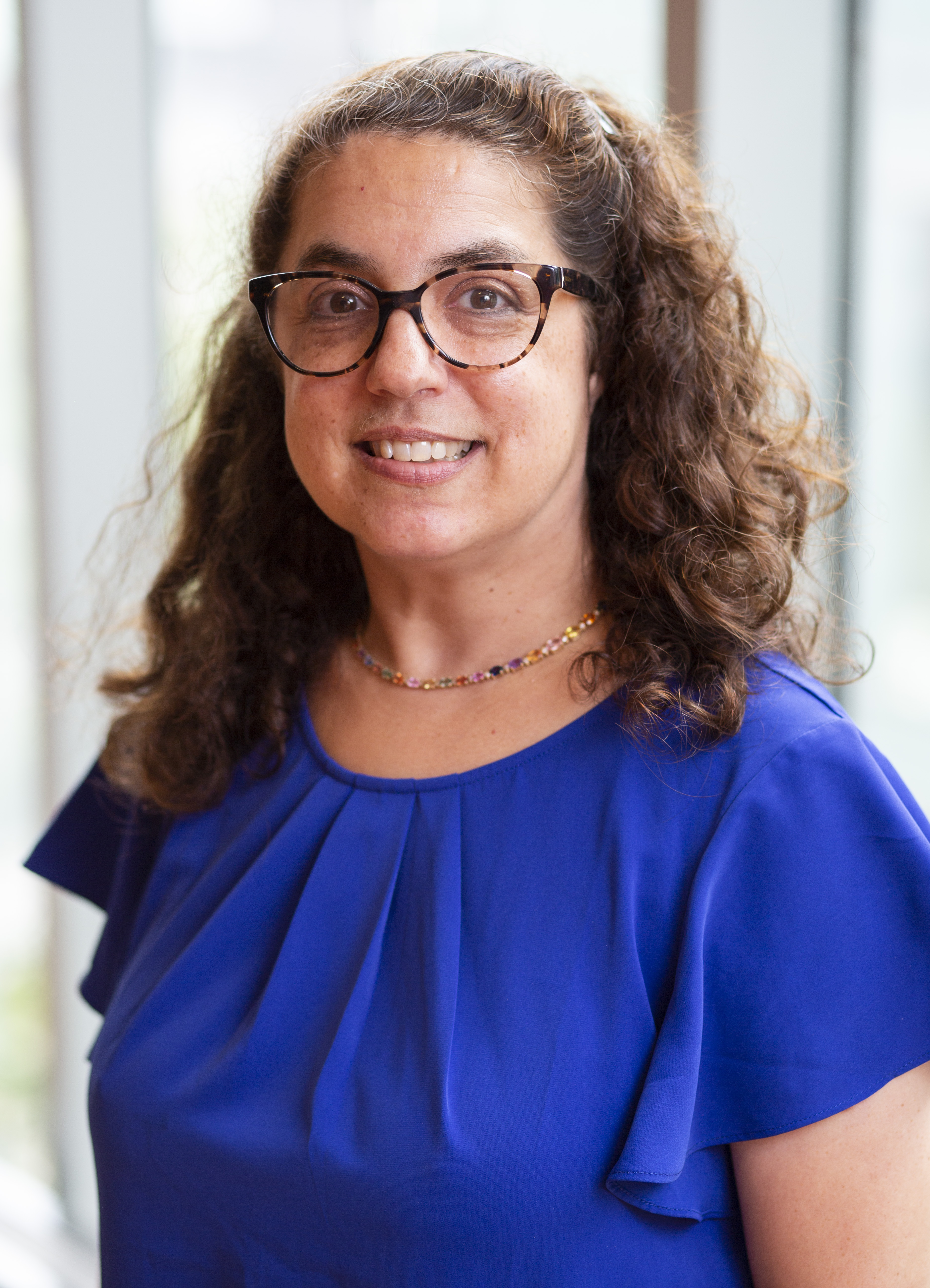
Carolyn P. Rosé
Kavčić-Moura Professor of Language Technologies and Human-Computer Interaction
- 5415 —Gates & Hillman Centers
- 412-268-7130
Carolyn Rosé is the Kavčić-Moura Professor of Language Technologies and Human-Computer Interaction. Her research advances the concept of Sociotechnical Artificial Intelligence from a highly multidisciplinary perspective, exploring human-AI complementarity and multi-agent human-AI teaming. Dr. Rosé's work bridges computational linguistics, sociolinguistics, and learning sciences to develop innovative AI systems that monitor, analyze, and support communication processes. Her contributions include advances in automated discourse analysis, conversational agent technologies, and multimodal modeling, with applications in education, health, and workplace collaboration.
Dr. Rosé earned her Ph.D. in Language and Information Technologies from Carnegie Mellon University and has since become a leading researcher in computational sociolinguistics and collaborative learning technologies. She has published over 300 peer-reviewed articles across top conferences and journals in five distinct fields, including language technologies, cognitive science, learning sciences, Human-Computer Interaction, and educational technology, and has received awards for her work in four of these areas. Her recent research includes groundbreaking studies on Socially Shared Regulation of Learning and support of multimodal collaborative learning interactions, with demonstrated impacts on classroom performance and educational outcomes.
At Carnegie Mellon, Dr. Rosé serves as the Program Director for the Master of Computational Data Science (MCDS) program and oversees the undergraduate minor and concentration in Language Technologies. She teaches courses such as Applied Machine Learning, Python for Data Science, and Computational Models of Discourse Analysis, reaching hundreds of students annually. A Fellow of the International Society of the Learning Sciences, she is deeply committed to building bridges across disciplines, fostering collaboration, and advancing both theory and practice in language technologies and the learning sciences.
Research
Research Statement
My research focuses on better understanding the social and pragmatic nature of conversation, and using this understanding to build computational systems that improve the efficacy of conversation both between people, and between people and computers.
From a machine learning perspective, my research team pushes the frontier of learnability and generalizability through deeply data-focused explorations of inductive biases. In particular, we develop and explore novel representations and architectural elements using a problem-driven approach motivated by error analysis and exploratory data analysis, with a current emphasis on abstraction and decomposition, which are arguably two of the greatest challenges for LLMs. We investigate these issues across multiple problem areas including multimodal conversational process analysis, multimodal document understanding, clinical text processing, knowledge-based question answering, and language models of code. Our work is particularly known for the way it bridges between deep, theoretical insights from theories of language and interaction on the one side (e.g., social psychology and cognitive psychology, sociolinguistics, and discourse analysis) and computational modeling technology on the other (e.g., deep learning, LLMs, neurosymbolic reasoning). The key enabler of effective machine learning is the measurement of capabilities, operationalized in computational objectives, and embodied in benchmarks. We have collaborated on the development of benchmarks and challenge data sets in coreference for dialogue, textual entailment, and event ordering, and are working on new benchmarks for code translation and code review.
My 3+ decades long passion is to use technology to positively impact human learning. Building on my group’s computational advances, our research has birthed and substantially contributed to the growth of two thriving interrelated areas of research in the science of Human Learning: namely, Automated Analysis of Collaborative Learning Processes and Dynamic Support for Collaborative Learning, with demonstrations of efficacy in numerous classroom studies where these interventions have frequently been associated with increases in learning on average of a letter grade or more. Recent work employs LLM agents to support learning in collaborative software teams. Other recent work focuses on AI Literacy, including work to address perception and effectiveness of LLM guardrails as well as developing curricula and learning technologies to engage K12 students in learning about artificial intelligence and machine learning.
Research Areas
- Sociotechnical Artificial Intelligence
- Neural Representation Learning for Generalizability, Transparency, Abstraction, and Decomposition
- Multimodal Multi-Agent Architectures (Bazaar)
- Computer-Supported Collaborative Learning
- Agent Support for Collaborative Software Development
- Computational Discourse Modeling: Pragmatics and Sociolinguistics
